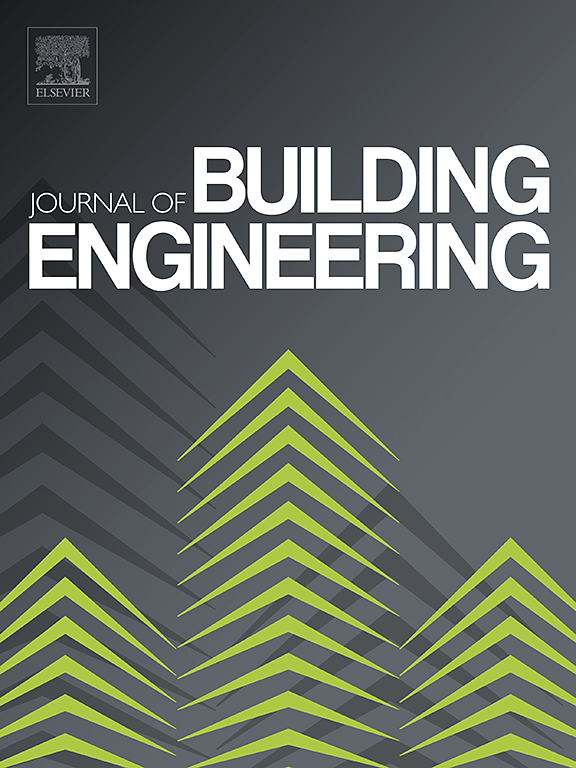Effect of geopolymer recycled brick aggregates concrete cover on enhancing shear and bending properties of CFRP/GFRP/BFRP bars after elevated temperature exposure
IF 6.7
2区 工程技术
Q1 CONSTRUCTION & BUILDING TECHNOLOGY
引用次数: 0
Abstract
To address the issue of insufficient fire resistance in geopolymer concrete structures reinforced with FRP bars, recycled brick aggregates and fly ash cenospheres can be incorporated into geopolymer concrete to enhance its thermal insulation performance, thereby improving the fire resistance of FRP bars. This study investigates the degradation of FRP bars embedded in three types of concrete covers (GC, RC and FAC) after exposure to high temperatures. A total of 765 specimens were tested-255 each for transverse shear, short beam shear, and bending strength. The tests focused on the influence of factors such as heating temperature (20–800 °C), FRP bar type (CFRP, GFRP and BFRP), and concrete cover type (GC, RC and FAC). After heating, mass loss, residual transverse shear strength, apparent shear strength, bending strength, and bending elastic modulus retention were measured. The results showed that within the temperature range of 300–500 °C, three mechanical properties of bare FRP bars declined rapidly (decreased by more than 59 % compared to their initial values at 500 °C) due to decomposition of the resin, a phenomenon confirmed by surface morphology and failure mode observation. Notably, at 400 °C, the retentions for bare FRP bars are 40.78 %–86.01 % for transverse shear strength, 22.78 %–41.66 % for apparent shear strength and 2.08 %–14.28 % for bending strength, respectively. However, when FRP bars are embedded in GC, RC, and FAC, their residual mechanical performance increases sequentially. At 550°C, the bending strength retentions of CFRP bars embedded in GC, RC, and FAC are 3.32 %, 12.13 %, and 96.05 %, respectively. This demonstrates that the thermal insulation performance of GC, RC, and FAC increases sequentially. Finally, a verified strength prediction model was applied to evaluate the residual strength and fire resistance of FRP bars under different working conditions.
求助全文
约1分钟内获得全文
求助全文
来源期刊

Journal of building engineering
Engineering-Civil and Structural Engineering
CiteScore
10.00
自引率
12.50%
发文量
1901
审稿时长
35 days
期刊介绍:
The Journal of Building Engineering is an interdisciplinary journal that covers all aspects of science and technology concerned with the whole life cycle of the built environment; from the design phase through to construction, operation, performance, maintenance and its deterioration.
 求助内容:
求助内容: 应助结果提醒方式:
应助结果提醒方式:


